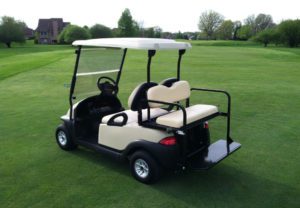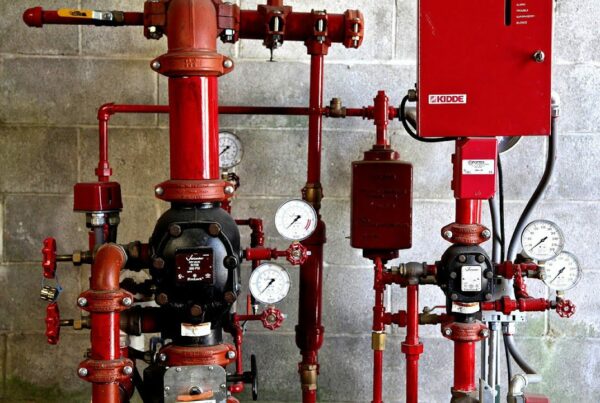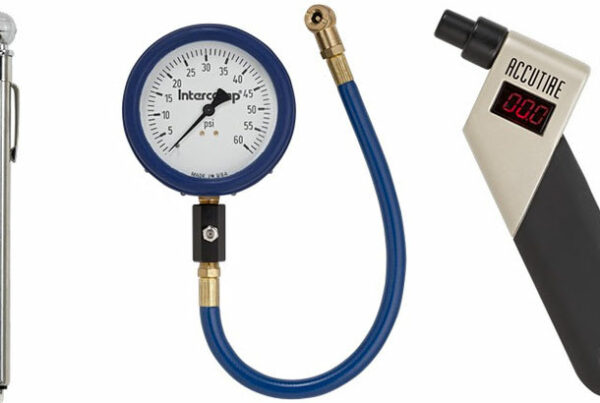A groundskeeper was transporting a 20-foot pipe on a golf cart. The pipe was tied to the vehicle and supported under his arm while he was driving. The pipe tipped and he lost control and ran into a tree. His injuries included a fractured sternum, contusions of the ribs and significant injuries to his forehead and legs.
Golf carts are not just used on golf courses anymore. Many businesses use golf carts to make transportation quicker and more efficient. A hotel resort, an apartment complex, airports, sports arenas, amusement parks and many other businesses may own a golf cart to transport employees and patrons. Individuals also own them for personal use on their own properties.
Golf carts may have the appearance of being generally safe, when in fact, injuries can be severe. Therefore, it is important to know the hazards of operating a golf cart. Injuries occur when passengers, drivers, or pedestrians are thrown from the vehicle, involved in a rollover accident, or hit by a golf cart. Significant injuries include broken bones, traumatic brain injury, and even death.
Golf carts should only be operated by authorized and trained personnel. Safe operating rules include ensuring all passengers remain seated, seat belts are worn when available, the number of passengers transported are limited to the number of seats, no one operates a golf cart while under the influence of alcohol or drugs, no towing of loads, obeying speed limits and yielding to pedestrians.
Safe operating rules include knowing when to reduce your speed to prevent accidents. Instances include:
• While driving down slopes
• When preparing to make a turn
• While traveling through entryways
• While driving during poor weather conditions
• When pedestrians are in the area
Like all workplace vehicles, golf carts should be inspected before operating. A pre-inspection checklist should include:
• Are there any fluid leaks?
• Are tires in good condition, properly inflated, and free from damage?
• Are controls, including the accelerator, brakes, and steering working properly?
• Does the horn work?
Golf carts that operate between 20-25 miles per hour (mph) are considered “low-speed vehicles” and should have windshields, rearview mirrors, alert sounds, and seatbelts. They should also be equipped with headlights, taillights, brake lights, turn signals, parking brakes and vehicle identification numbers (VIN).
Golf carts operating on public road-ways must obey all traffic laws. If the golf cart does not have the equipment for “low-speed vehicle” classification, it cannot be operated on public roadways. Golf carts should only operate at speeds of 15 mph or less on private roads.
Finally, never leave keys in an unattended cart, and never park near flammable chemicals or open flames, or in areas where it could block access to building exits.
Credit: Markel Insurance






